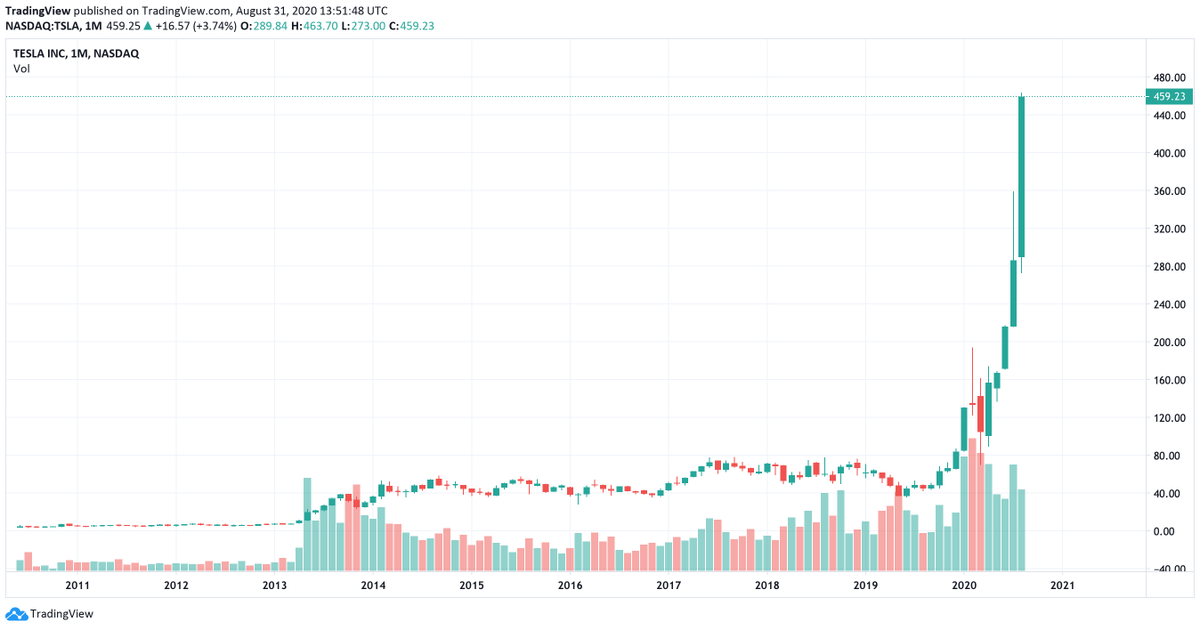


However, based on context, a large n can also destabilize the model as the more granular fluctuations are smoothened off – looking at prices from the past 300 days would be sub-optimal.Īnother moving average is the exponential moving average (EMA), giving more weight to the more recent samples.

Obviously, 50 days’ worth of data will have more information about the trends of the stock and would lead to better predictions. For example, n=2 means that we take the average of the stock price of the past two days, while n=50 would consider 50 days' worth of stock prices. Higher n would mean that we are willing to go deeper into the past to compute the present value. The precision of the model will vary significantly with the choice of n. Where P1 to Pn are n immediate data points that occur before the present, so to predict the present data point, we take the SMA of the size n (meaning that we see up to n data points in the past). A simple moving average computes the mean of the past N data points and takes this value as the predicted N+1 value. To begin with, we can use moving averages (or MA) to understand how the amount of history (or the number of past data points) considered affects the model's performance.
Netflix stock price before split series#
The machine learning model assigns weights to each market feature and determines how much history the model should look at to predict future stock prices.Įvolution of Machine Learning Applications in Finance : From Theory to Practice Stock Price Prediction using Moving Average Time Series The idea is to weigh out the importance of recent and older data and determine which parameters affect the “current” or “next” day prices the most. Machine learning models such as Recurrent Neural Networks (RNNs) or LSTMs are popular models applied to predicting time series data such as weather forecasting, election results, house prices, and, of course, stock prices. Treating stock data as time-series, one can use past stock prices (and other parameters) to predict the stock prices for the next day or week. With multiple factors involved in predicting stock prices, it is challenging to predict stock prices with high accuracy, and this is where machine learning plays a vital role. Stock Price Prediction using machine learning is the process of predicting the future value of a stock traded on a stock exchange for reaping profits. Stock Price Prediction using Machine Learning


 0 kommentar(er)
0 kommentar(er)
